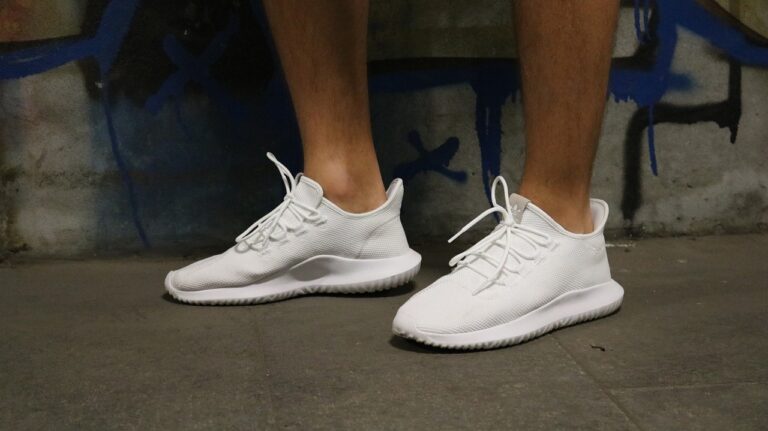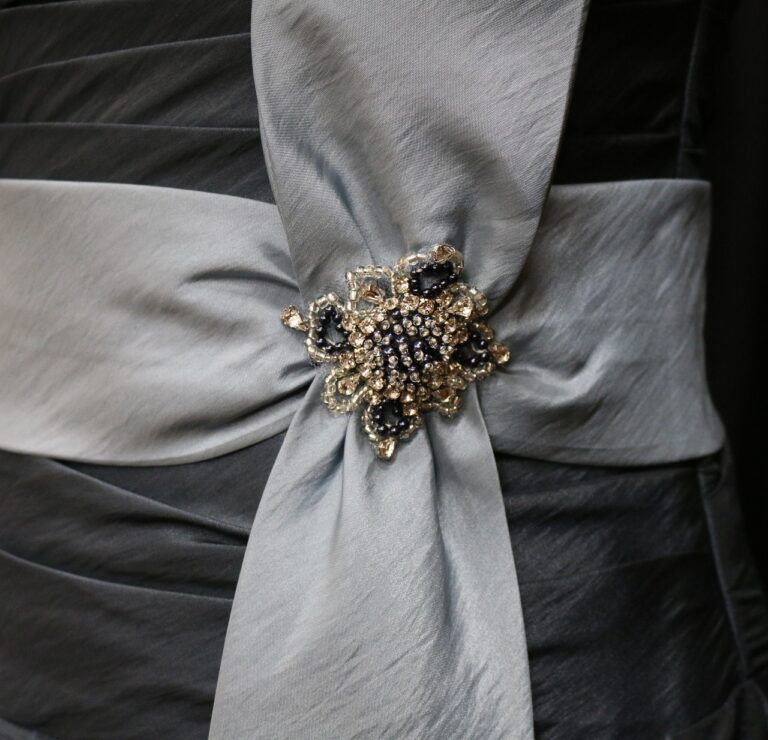Fashion and Cultural Fusion: Blending Traditional Garments with Modern Trends
Traditional garments hold a profound cultural significance that transcends mere clothing. These garments encapsulate the rich heritage, beliefs, and values of a community or society, serving as a visual representation of its identity. The intricate designs, motifs, and colors woven into these garments often carry symbolic meanings that are passed down through generations, connecting individuals to their roots and history.
Furthermore, traditional garments play a crucial role in preserving and celebrating cultural heritage. Through wearing these garments during festivals, ceremonies, or everyday life, people honor their traditions and pay homage to their ancestors. The act of donning these garments becomes a way to express pride in one’s cultural identity and showcase it to the world, fostering a sense of unity and belonging among community members who share the same heritage.
• Traditional garments serve as a visual representation of a community’s identity
• The designs, motifs, and colors in these garments carry symbolic meanings passed down through generations
• Wearing traditional garments honors traditions and pays homage to ancestors
• Donning these garments expresses pride in cultural identity
• Traditional garments foster unity and belonging among community members who share the same heritage
Historical Evolution of Fashion Trends
Fashion trends have been continuously evolving over the centuries, reflecting the societal values and influences of each era. In ancient civilizations, clothing was a symbol of status and occupation, with intricate designs and fabrics reserved for the elite. As societies progressed, fashion trends became more accessible to the masses, leading to the rise of ready-to-wear garments and mass production during the Industrial Revolution.
The 20th century saw a rapid succession of fashion trends, influenced by various factors such as wars, technological advances, and cultural changes. From the flapper dresses of the 1920s to the bold patterns and silhouettes of the 1960s, each decade brought its own unique style that reflected the zeitgeist of the time. Today, fashion trends continue to evolve at a rapid pace, influenced by global events, technological innovations, and the ever-changing preferences of consumers.
Influence of Globalization on Fashion
Globalization has undeniably played a pivotal role in shaping the fashion industry. With the increasing interconnectedness of the world, trends and styles now transcend geographical boundaries at a rapid pace. This has led to a fusion of diverse cultural influences and aesthetics, creating a rich tapestry of sartorial expressions that reflect the global community.
Moreover, globalization has facilitated the dissemination of fashion trends through various channels, such as social media and online platforms. This instantaneous access to the latest styles from around the world has not only democratized fashion but has also spurred a culture of fast fashion. Consumers now have the ability to stay current with the latest trends, while brands constantly strive to innovate and cater to a more globalized audience.
How has globalization affected the cultural significance of traditional garments?
Globalization has led to the popularization and commercialization of traditional garments, often leading to cultural appropriation and the loss of authentic significance.
What role has globalization played in the historical evolution of fashion trends?
Globalization has accelerated the spread of fashion trends across borders, leading to a more interconnected and diverse fashion landscape.
Can you provide examples of how globalization has influenced fashion?
Globalization has led to the rise of fast fashion brands, increased cultural exchange through social media, and the blending of traditional and modern styles in fashion.
What are some potential drawbacks of globalization on the fashion industry?
Globalization can lead to mass production, exploitation of labor in developing countries, and the homogenization of fashion styles, potentially stifling creativity and diversity.







